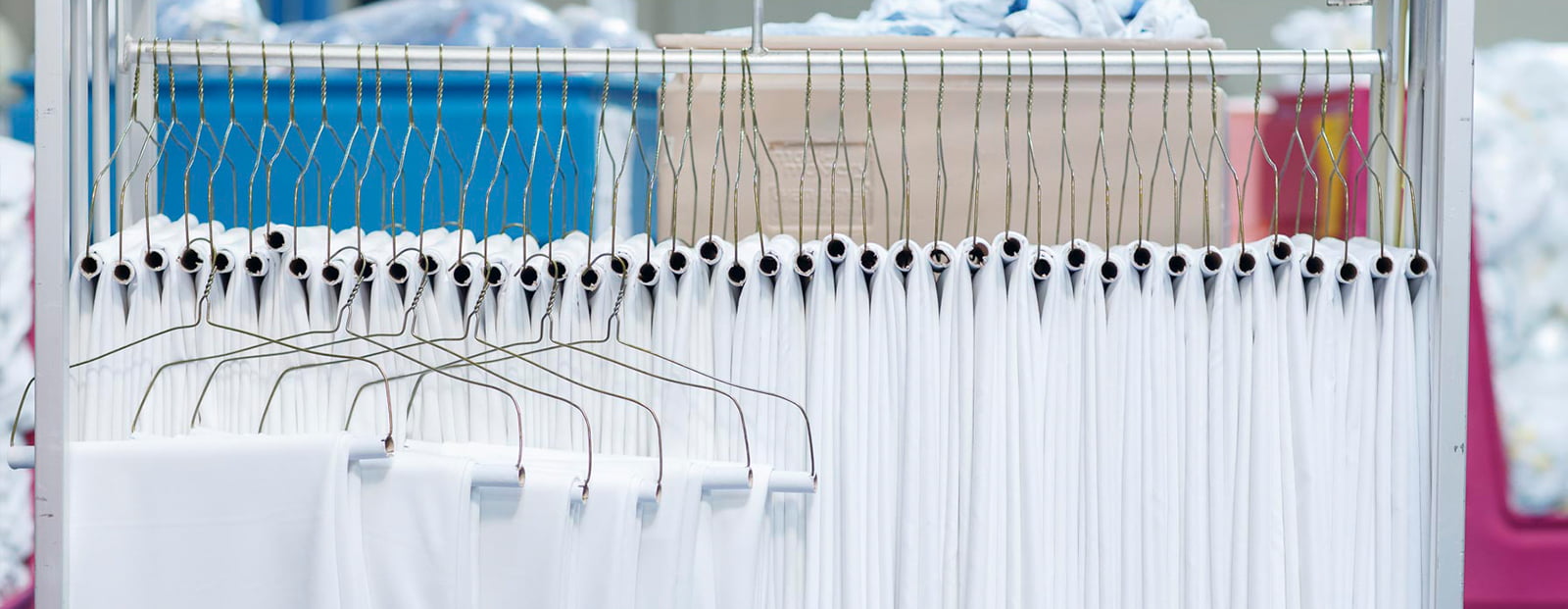The history of Soap
FROM THE BEGINNING TO TODAY.
EARLY HISTORY. The earliest recorded evidence of the production of soap-like materials dates back to around 2,800 B.C. in Ancient Babylon. In the reign of Nabonidus (556-539 BCE) a recipe for soap consisted of uhulu [ashes], cypress oil and sesame seed oil. A formula for soap consisting of water, alkali, and cassia oil was written on a Babylonian clay tablet around 2,200 B.C.
WHAT IS SOAP? In Chemistry, soap is a salt of a fatty acid. Soap is mainly used for washing, bathing, and cleaning, but soaps are also important components of lubricants. Soaps for cleansing are obtained by treating vegetable or animal oils and fats with a strongly alkaline solution. Fats and oils are composed of triglycerides: three molecules of fatty acids attached to a single molecule of glycerol. The alkaline solution, often lye, promotes a chemical reaction known as saponification. In saponification, fats are broken down (hydrolyzed) yielding crude soap. Fats are transformed into salty of fatty acids and glycerol is liberated, leaving glycerin as a byproduct.
THE MECHANISM OF SOAP – AKA “the oil and water party”. When used for cleaning, soap serves as a surfactant (a compound that makes soils “surface”) in conjunction with water. The cleaning action of this mixture is attributed to the action of “micelles”, tiny spheres that encase a hydrophobic/lipophilic (basically a water “hydro” hating “phobic” and oil/fat “lipid” loving “philic”) pocket that can surround the grease particles, allowing them to dissolve in water. The hydrophobic portion is made up of the long hydrocarbon chain from the fatty acid. In other words, whereas normally oil and water do not mix, the addition of soap allows oils to dissolve in water, allowing them to be rinsed away. Synthetic detergents operate by similar mechanisms to soap.
AND THAT BRINGS US TO YOUR LAUNDRY. Commercial laundries like HLS Linen Services typically utilize a much more complex compound of soap called “detergent”, surfactants to “lift” the soil from the textile products and then flush them out of the wash “bath”. Hydrogen peroxide is later employed to help sanitize the linen. HLS Linen Services also goes many steps further by reutilizing as much chemistry, energy and water as possible in combination with highly modern automation and technology making the operation one of the most efficient and environmentally friendly in the world!
